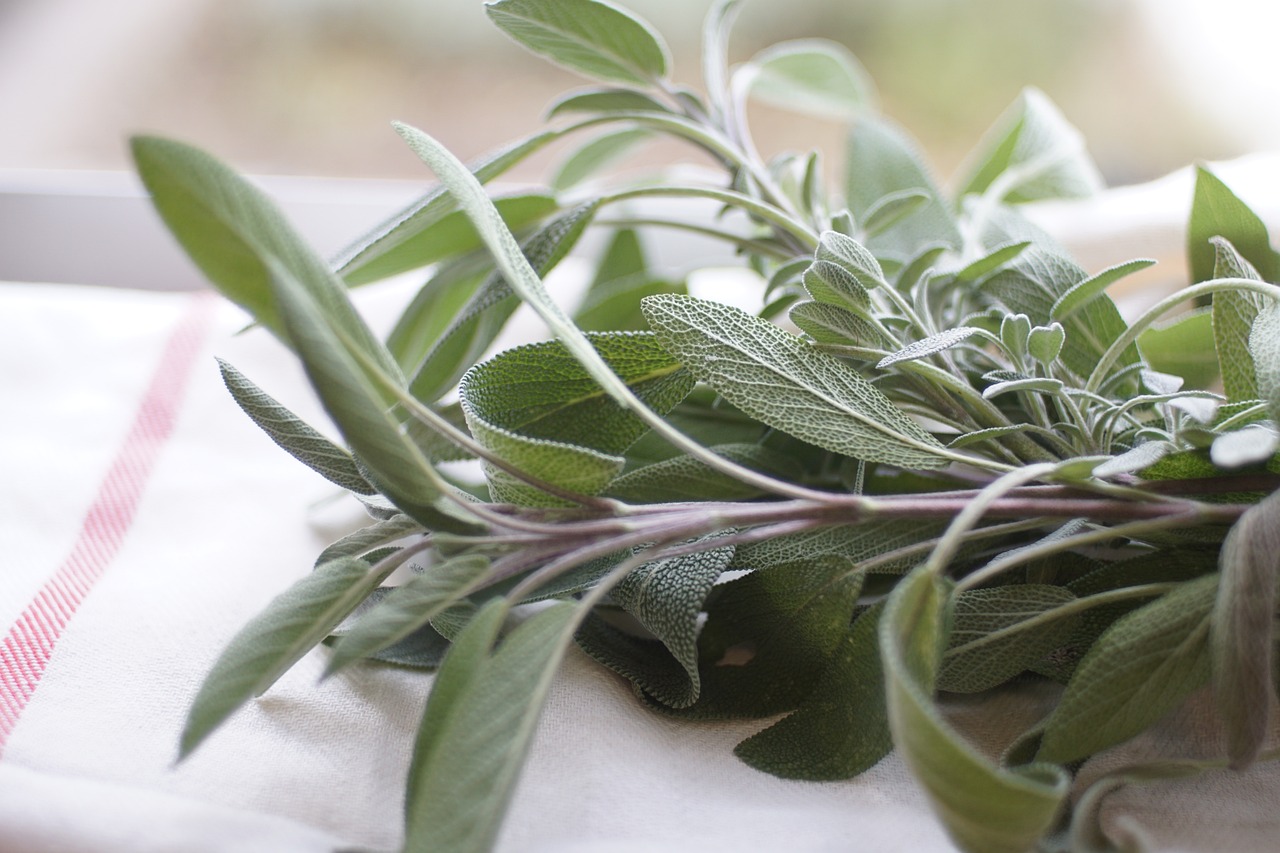This blog post will provide you with a thorough understanding of how to effectively harvest sage, while also touching on its various uses, benefits, and the joy it can bring to your kitchen and garden.
When to Harvest Sage
Timing is essential when it comes to harvesting sage. The best period to collect sage leaves is during the morning when the dew has evaporated, but before the sun reaches its peak. This is when the essential oils in the leaves are most concentrated, ensuring that you get the fullest flavor and aroma.
For optimal flavor, wait until the plant has matured; this is usually around mid-summer. However, younger leaves can also be harvested as soon as they reach a usable size.
How to Harvest Sage
Tools Needed: Gather your tools before you start. You will need sharp garden scissors or kitchen shears, and it’s helpful to have a basket or a cloth to collect the leaves.
Select the Right Leaves: Look for healthy, vibrant leaves. Ideally, you should choose those that are fully developed, avoiding any that are yellowed or damaged. Younger leaves are tender and flavorful, while older leaves have a more intense flavor.
Cut the Leaves: To harvest, simply snip off the leaves, taking care to leave some on the plant so it can continue to grow. If you are taking stems, cut them above a leaf node (the small bump where leaves grow), which encourages new growth.
Avoid Overharvesting: Be mindful not to take more than one-third of the plant at any one time. This ensures that your sage plant remains healthy and can continue to thrive.
Storing Your Sage
Once you’ve harvested your sage, you’ll want to keep it fresh for as long as possible. Here are a few tips for storage:
Refrigeration: Place the fresh sage leaves in a damp paper towel, wrap them loosely, and then store them in a resealable bag in the refrigerator. This can keep them fresh for about a week.
Drying Sage: If you have more sage than you can use immediately, drying it is a great option. You can hang whole stems upside down in a dark, dry place with good air circulation. Once the leaves are crisp, crumble them into a jar for long-term storage.
Freezing: For longer storage, you can freeze sage. Chop the leaves and place them in ice cube trays with water or broth. Once frozen, transfer the cubes to a freezer bag, and you’ll have ready-to-use sage for your dishes throughout the year.
Culinary Uses of Sage
Sage is versatile and can elevate a variety of dishes. Here are some exciting ideas to incorporate it into your cooking:
Flavoring Meats: Sage pairs beautifully with meats, especially poultry and pork. Use it to create a marinade, or freshen up the stuffing for your Thanksgiving turkey.
In Sauces: A sage-infused butter sauce can make a delicious topping for pasta or gnocchi, or try blending it into a creamy sauce for a richer flavor.
Herbal Teas: Fresh sage leaves can be steeped in hot water to create a soothing tea that is both aromatic and beneficial for digestion.
Benefits of Sage
In addition to its culinary charm, sage has been associated with several health benefits. Some potential advantages include:
Cognitive Health: Sage might improve memory and cognitive function, making it a great herb for students or anyone looking to boost their brain power.
Digestive Aid: Drinking sage tea may help support digestion and reduce bloating.
Anti-inflammatory Properties: The antioxidants found in sage may contribute to its anti-inflammatory effects, which can support overall health.
Conclusion
Harvesting sage is a delightful and fulfilling activity that allows you to connect with nature while adding a touch of freshness to your culinary creations. Whether you’re an experienced herbal gardener or just starting out, incorporating sage into your gardening routine can enhance both your garden and your kitchen.
With its rich flavor, versatility in cooking, and potential health benefits, sage truly is a remarkable herb. So, gather your tools, head to the garden, and enjoy the simple pleasure of harvesting this aromatic herb





